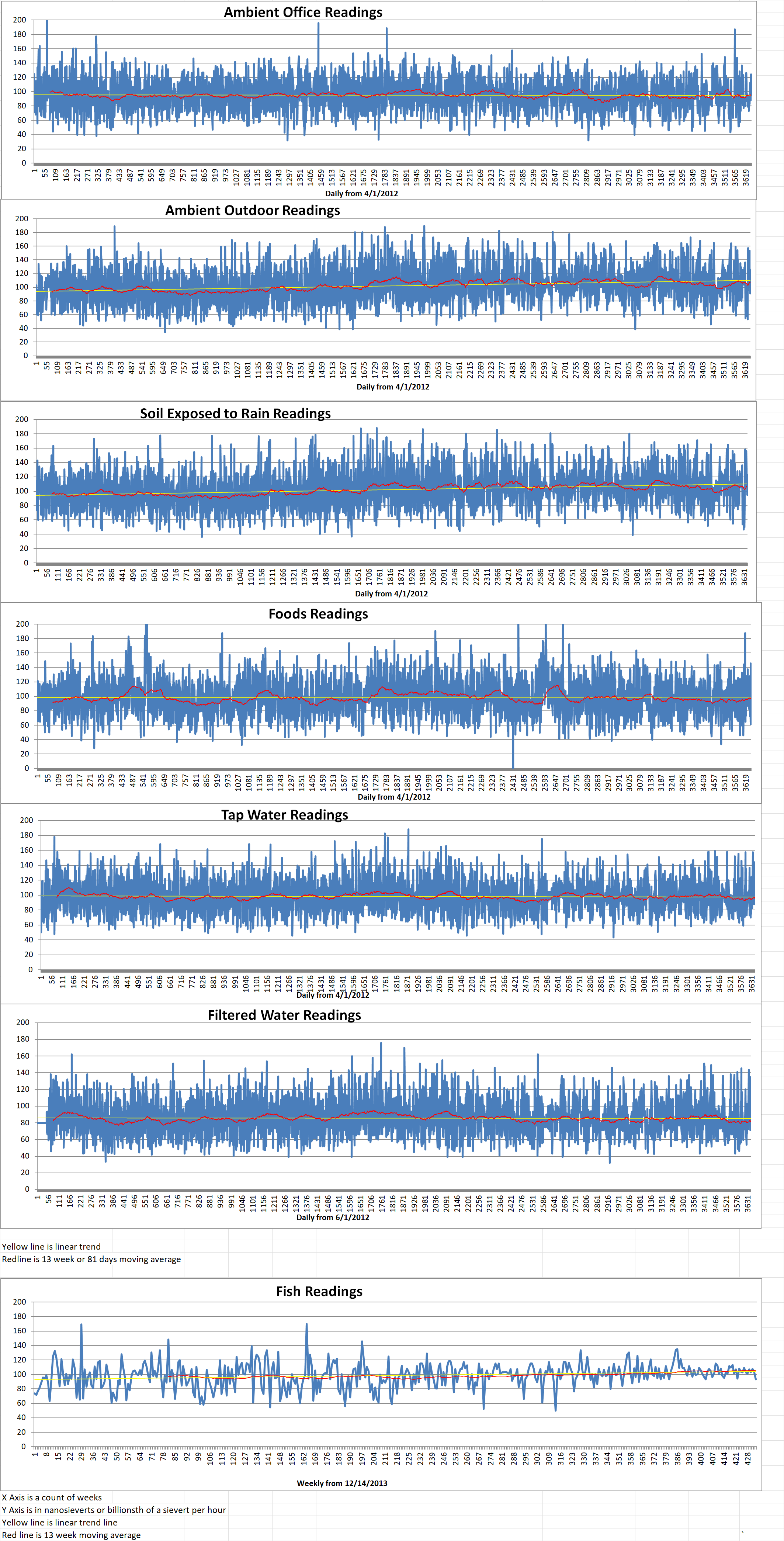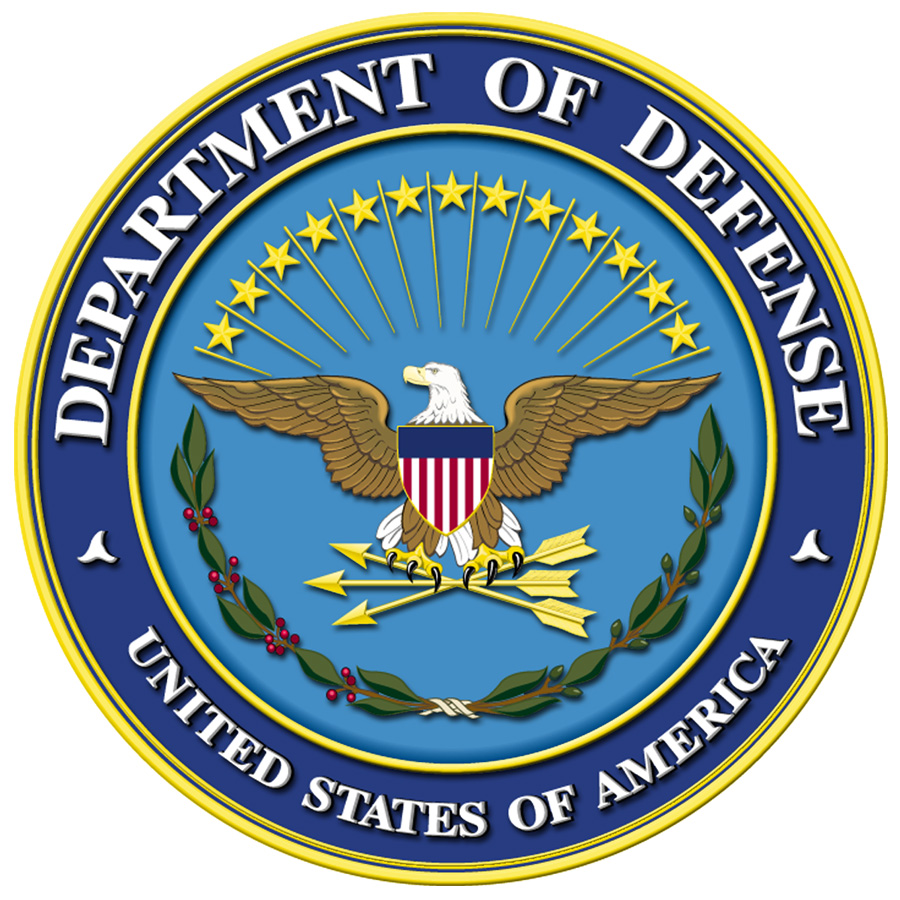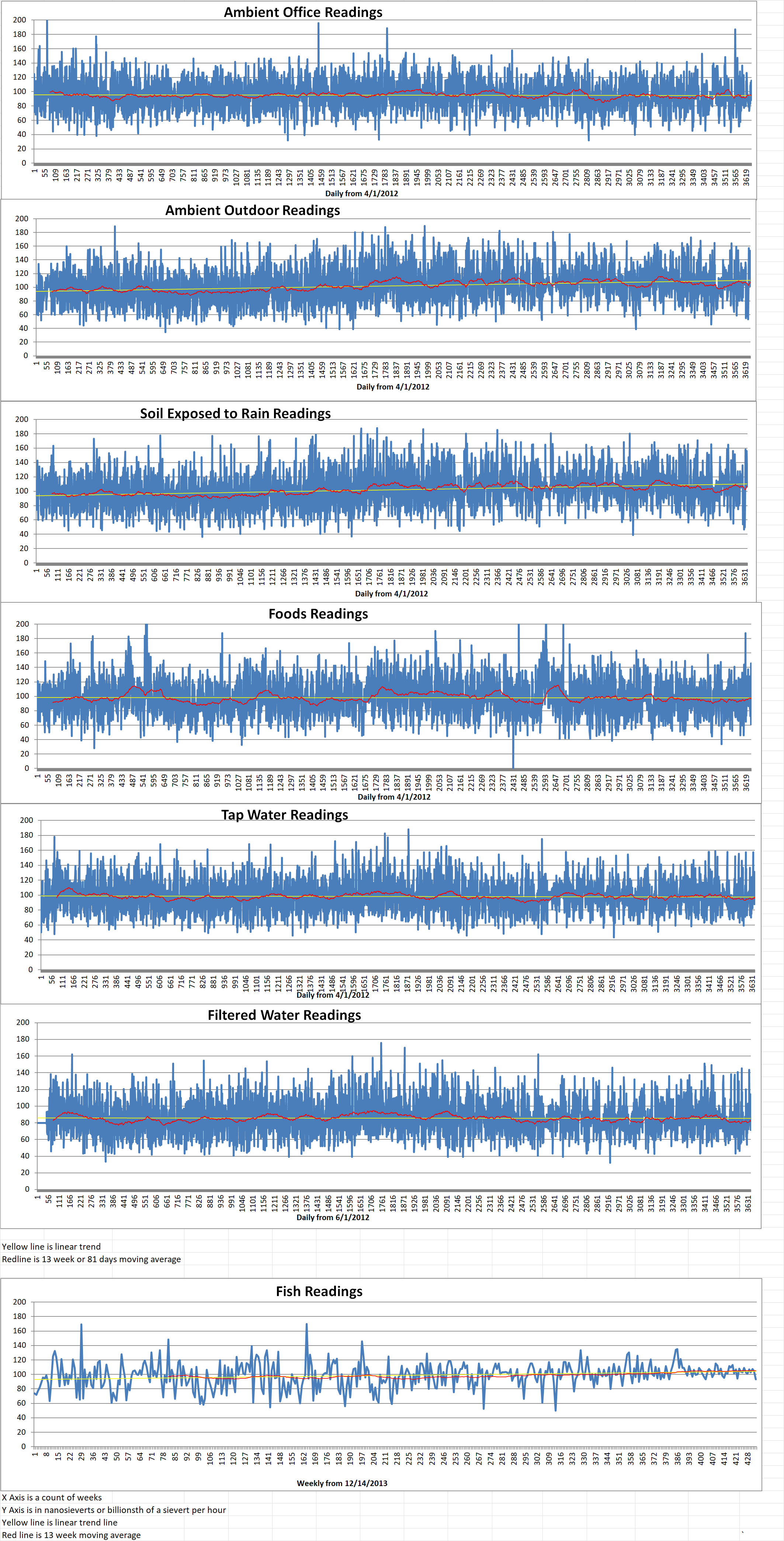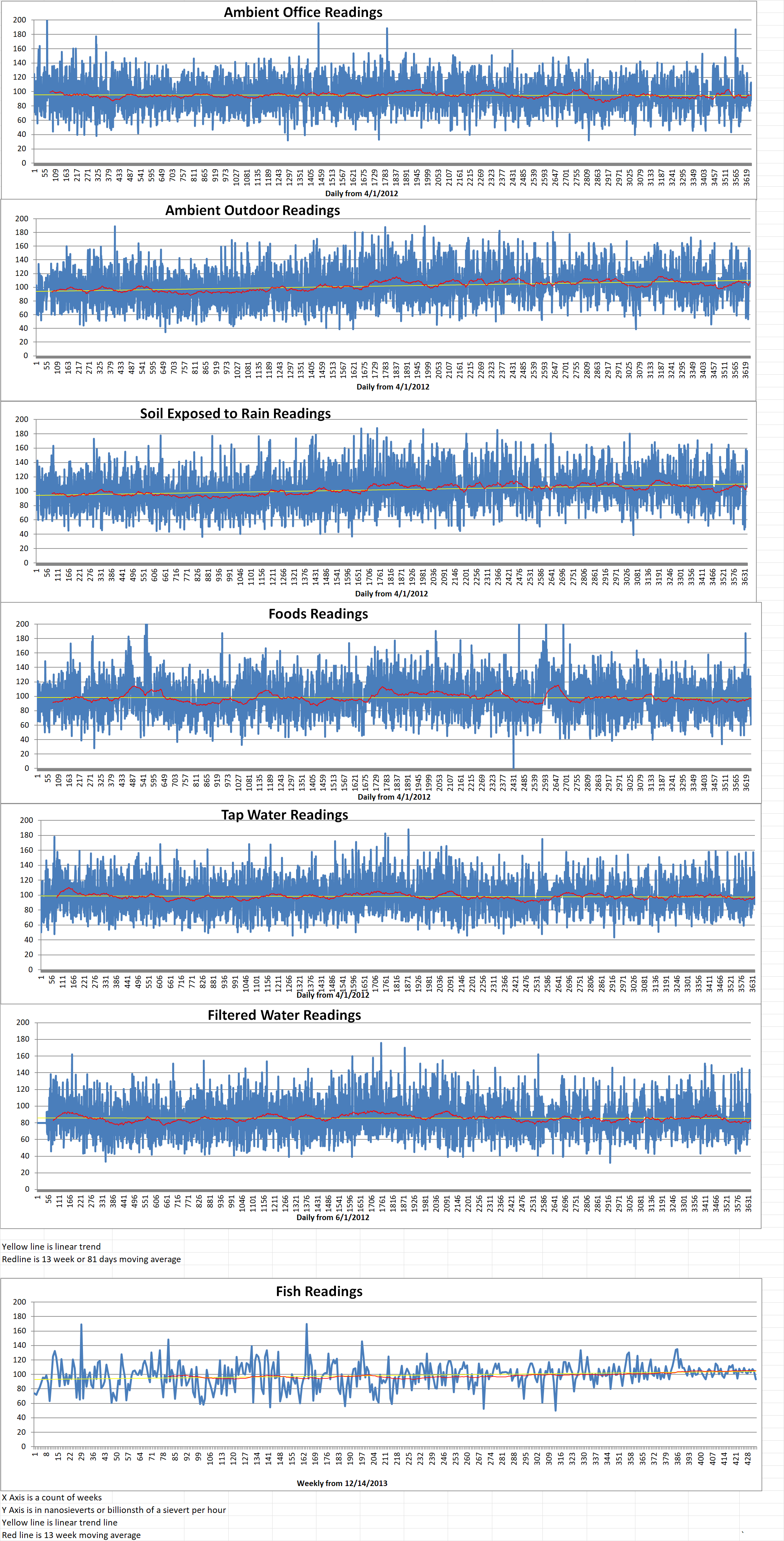Part 3 of 3 Parts (Please read Parts 1 and 2 first)
In addition, because microreactors will be located near where energy will be consumed, the cost of transmitting the power will be zero. Microreactors also require fewer personnel and less maintenance work than conventional reactors. This is partly because their fuel needs to be replaced only every five years to ten years as opposed to less than every two years for a light water reactor. Micro reactors are designed so that many of their systems operate passively which makes them more safe than reactors generating power today.
Microreactors utilize a different type of fuel enriched to just below the twenty percent limit set by nuclear non-proliferation treaty requirements. This fuel is called HALEU which stands for high-assay low-enriched uranium. This type of fuel allows reactors to be smaller than conventional commercial nuclear power reactor.
Arafat said, “We can actually build a much more efficient core that is significantly more compact and smaller. So, we would actually require a much smaller amount of fuel to design a reactor rather than a much larger core. That’s the biggest advantage of going higher enrichment.”
Arafat said, “So everything from heat generation, heat transport, heat removal to heat rejection, all of those coolant loops are done passively without any engineered systems.” The outside of the reactor is made of boron carbide which is also used on armored vehicles. Arafat said, “So if there’s a manmade or an extreme weather conditions that can come through, there’s going to be little or no effect to the actual operation or safety of these systems.”
Steve Nesbit is the President of the nuclear trade group, American Nuclear Society. He supports the idea of micronuclear reactors and the MARVEL projects specifically, but he cautions that they’re not going to be a panacea for global warming.
Conventional light water reactors generate hundreds of megawatts of energy and a microreactor will generate between one and five megawatts of energy. Nesbit said, “I do think they have a future but there are limits to the ability to address our clean energy needs with them. Microreactors are ideally suited for remote situations with microgrids, but not so much as a means of gigawatt scale generation of clean electricity for the conventional grid.”
Alex Gilbert is a nuclear innovation expert and professor. He said, “They are distributed energy resources, meant to serve off-grid customers, small towns, and industrial operations. Alaska is likely to be an early initial market, as well as other parts of the Arctic like Canada, Russia, and Scandinavia. They can play keystone roles in microgrids, complementing distributed solar and batteries.”
However, many of the key issues and problems that face the development of microreactors are the same that face the development of large scale nuclear in the U.S. Gilbert said, “We have an atrophied supply chain, costs will be high and unpredictable to start, and the regulatory system is poorly suited to handle them.” That having been said, Gilbert thinks that addressing these issues and problems for the deployment of microreactors can help to pave the way for those same issues “for large-scale roll out of larger advanced reactors.”
Arafat knows that the MARVEL project has a larger purpose. That larger purpose is to flex the muscles of nuclear innovation for the first time in decades. Arafat said, “So the art, science, and the technology of going through the development of new reactors is also sort of a new realm for us in many ways.”







